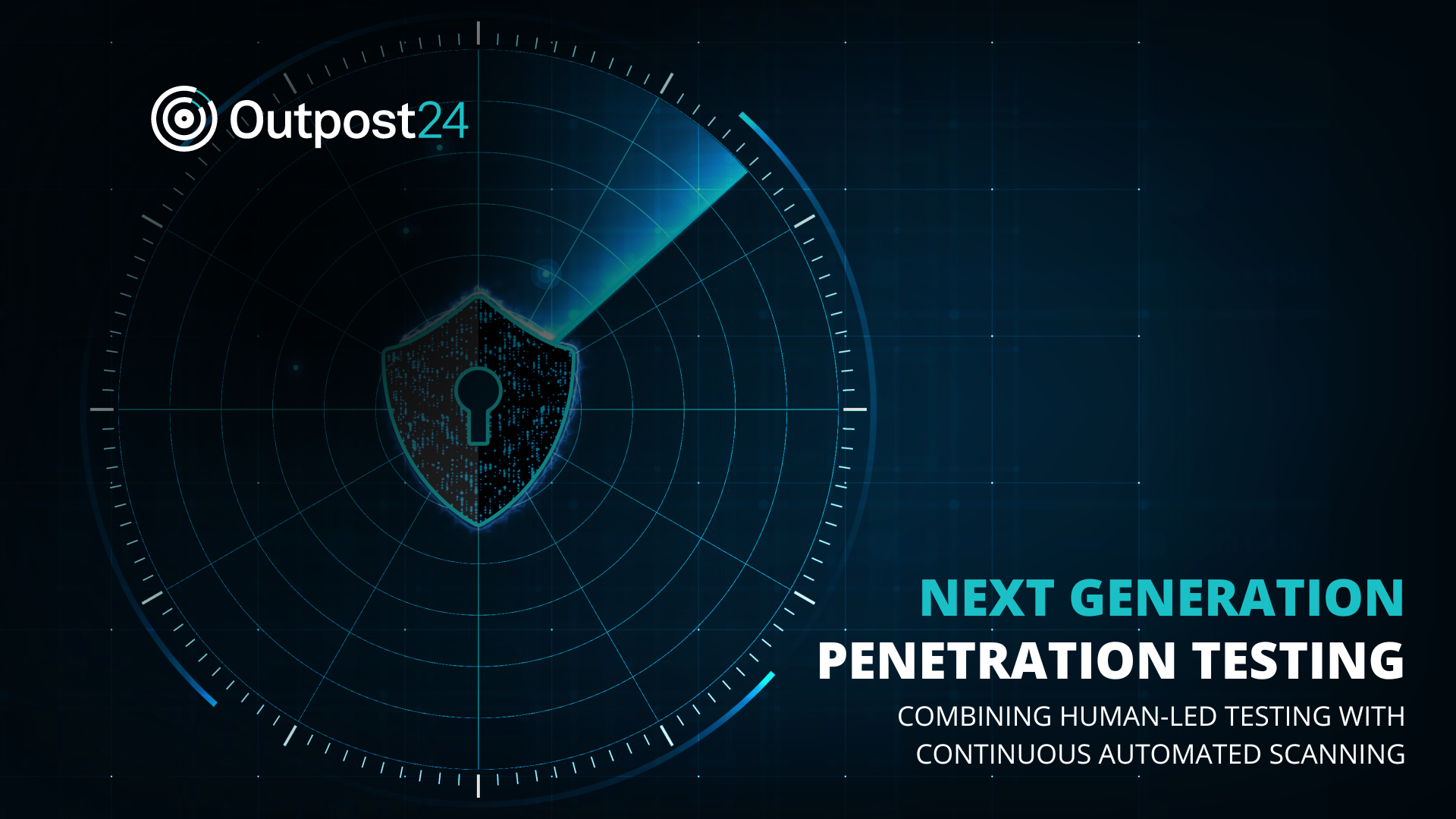New ‘facial recognition’ tool could help white hat hackers harvest social media profiles
Security company claims software creates a level playing field for white hats and pen testers


A new facial recognition tool has been released that could help automatically identify and harvest the social media profiles of thousands of targets with very little effort. The tool is primarily aimed at white hat hackers.
The tool - dubbed Social Mapper - was developed by security company Trustwave, who has released it on Github under an open source license. The company, which specialises in ethical hacking services, says that Social Mapper is intended for use by white-hat hackers, penetration testers and 'red teams' - internal security staff who are tasked with simulating cyber attacks on the organisation.
Social Mapper only needs a list of targets with the individuals' names and photographs. Users can also input the LinkedIn ID of a specific company, and it will automatically create a list of targets based on all the people who are registered as employees of said company on LinkedIn.
From there, Social Mapper logs into a range of social media sites - including Facebook, Twitter, LinkedIn, Google+ and Instagram, as well as regional platforms like VKontakte and Weibo - and searches the targets' names, using facial recognition to match their profile picture to the given photo.
The software will then output a report containing all of the available social media profiles for each target, available in a variety of formats. It can also generate the target's work email, if you tell the software what format to use.
Any security expert worth their salt will tell you that a complete list of a target's social media profiles is an incredibly useful tool when conducting a cyber attack, and gathering such data is often the first step when conducting reconnaissance before an attack.
"Once social mapper has finished running and you've collected the reports, what you do then is only limited by your imagination, but here are a few ideas:
Get the ITPro daily newsletter
Sign up today and you will receive a free copy of our Future Focus 2025 report - the leading guidance on AI, cybersecurity and other IT challenges as per 700+ senior executives
- Create fake social media profiles to 'friend' the targets and send them links to credential capturing landing pages or downloadable malware. Recent statistics show social media users are more than twice as likely to click on links and open documents compared to those delivered via email.
- Trick users into disclosing their emails and phone numbers with vouchers and offers to make the pivot into phishing, vishing or smishing.
- Create custom phishing campaigns for each social media site, knowing that the target has an account. Make these more realistic by including their profile picture in the email. Capture the passwords for password reuse.
- View target photos looking for employee access card badges and familiarise yourself with building interiors."
However, Trustwave's Jacob Wilkin (who created the tool) noted that "While this is an easy task for a few, it can become incredibly tedious when done at scale". This, he said, is the primary idea behind Social Mapper: to speed up intelligence gathering that pen testers previously had to do manually.
"Its primary benefit comes from the automation of matching profiles and the report generation capabilities. As the security industry continues to struggle with talent shortages and rapidly evolving adversaries, it is imperative that a penetration tester's time is utilized in the most efficient means possible."
While Trustwave has stated that Social Mapper is intended to be used by ethical white hat hackers, concerns have been raised that because the tool can be freely downloaded and used by anyone, it could easily be deployed by criminals.
Tim Helming, director of product management at DomainTools said that threat actors using open source components for phishing attacks show that available tools on the internet have "enormous potential to be used for both helpful and nefarious purposes".
Adam Shepherd has been a technology journalist since 2015, covering everything from cloud storage and security, to smartphones and servers. Over the course of his career, he’s seen the spread of 5G, the growing ubiquity of wireless devices, and the start of the connected revolution. He’s also been to more trade shows and technology conferences than he cares to count.
Adam is an avid follower of the latest hardware innovations, and he is never happier than when tinkering with complex network configurations, or exploring a new Linux distro. He was also previously a co-host on the ITPro Podcast, where he was often found ranting about his love of strange gadgets, his disdain for Windows Mobile, and everything in between.
You can find Adam tweeting about enterprise technology (or more often bad jokes) @AdamShepherUK.
-
 Bugcrowd’s new MSP program looks to transform pen testing for small businesses
Bugcrowd’s new MSP program looks to transform pen testing for small businessesNews Cybersecurity provider Bugcrowd has launched a new service aimed at helping MSP’s drive pen testing capabilities - with a particular focus on small businesses.
By Ross Kelly
-
 Have I Been Pwned owner Troy Hunt’s mailing list compromised in phishing attack
Have I Been Pwned owner Troy Hunt’s mailing list compromised in phishing attackTroy Hunt, the security blogger behind data-breach site Have I Been Pwned, has fallen victim to a phishing attack targeting his email subscriber list.
By Jane McCallion
-
 LinkedIn has become a prime hunting ground for cyber criminals – here’s what you need to know
LinkedIn has become a prime hunting ground for cyber criminals – here’s what you need to knowNews Cyber criminals are flocking to LinkedIn to conduct social engineering campaigns, research shows.
By Solomon Klappholz
-
 Phishing campaign targets developers with fake CrowdStrike job offers
Phishing campaign targets developers with fake CrowdStrike job offersNews Victims are drawn in with the promise of an interview for a junior developer role at CrowdStrike
By Solomon Klappholz
-
 Building a new approach to security with the next generation of penetration testing
Building a new approach to security with the next generation of penetration testingSponsored Combining human-led testing with continuous automated scanning can elevate your security regime
By ITPro
-
 Iranian hackers targeted nuclear expert, ported Windows infection chain to Mac in a week
Iranian hackers targeted nuclear expert, ported Windows infection chain to Mac in a weekNews Fresh research demonstrates the sophistication and capability of state-sponsored threat actors to compromise diverse targets
By Richard Speed
-
 Malware being pushed to businesses by search engines remains a pervasive threat
Malware being pushed to businesses by search engines remains a pervasive threatNews High-profile malvertising campaigns in recent months have surged
By Ross Kelly
-
 OpenAI to pay up to $20k in rewards through new bug bounty program
OpenAI to pay up to $20k in rewards through new bug bounty programNews The move follows a period of unrest over data security concerns
By Ross Kelly

